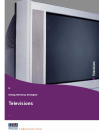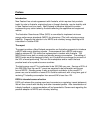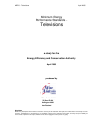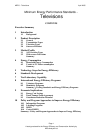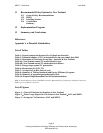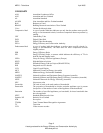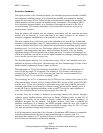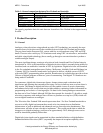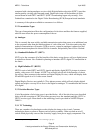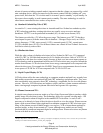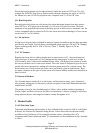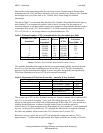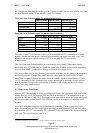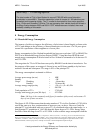
MEPS − Televisions April 2005
Page 2
A study produced for the Energy Efficiency and Conservation Authority by
Wise Analysis Ltd
Preface
Introduction
New Zealand has a trade agreement with Australia, which requires that products
lawful for sale in Australia, originating from or through Australia, may be lawfully sold
in New Zealand and vice versa. New Zealand is therefore obliged to consider
implementing any action taken by Australia affecting the appliance and equipment
market.
The Australian Greenhouse Office (AGO) is committed to implement minimum
energy performance standards (MEPS) for televisions (TVs) with voluntary energy
labelling. Presently the intention is for MEPS and voluntary energy labelling to be
introduced in October 2006.
The report
The report provides a New Zealand perspective on Australian proposals to introduce
a MEPS and energy labelling scheme. It recommends that a MEPS and energy
labelling scheme for TVs should be implemented in tandem with Australia. The
MEPS would cover both on-mode and standby energy consumption. The setting of
MEPS levels would be designed initially, as in Australia to encourage the removal of
the 30% of worst performing TVs from the marketplace and to match the best
practice levels of our product source countries.
The total energy use of TVs is estimated to be 320 GWh per year. Savings of 20% of
this 320 GWh over the next 5-7 years are expected to be achievable using some
form of MEPS. Standby power is also a significant contributor to the overall TV
power use, and a reduction of some 30% could be achieved, with a long term goal of
reducing TV standby consumption from around 6W to less than 1W.
EECA’s intended course of action
EECA will release this scoping report and commission a regulatory impact statement.
We will then consult with industry and other interested parties. After consideration of
industry feedback, a recommendation will be forwarded to Government regarding the
possible adoption of MEPS and voluntary labelling.



